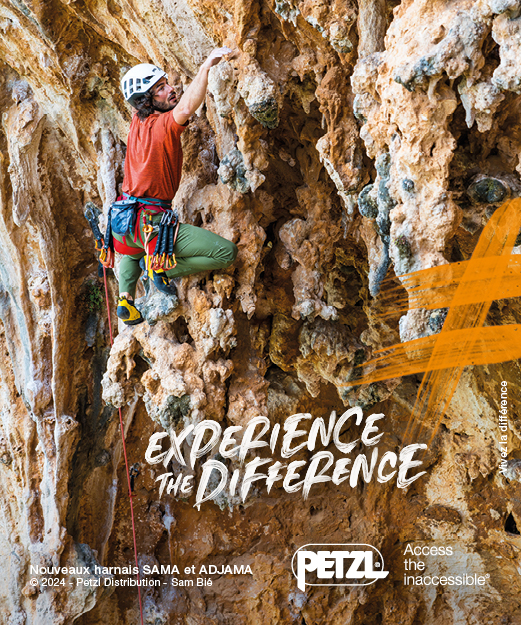The Challenge of Chronic Pain in Sport Climbing

Sport climbing is a demanding sport that places exceptional physical stress on the hands, feet, and forearms, often resulting in pain. While some pain is normal, chronic pain that persists beyond tissue healing is a growing challenge for climbers. Chronic pain affects nearly one in five people globally, and among climbers, studies reveal a significant proportion experience pain limiting their function for many days each month.
Understanding Chronic Pain and Central Sensitization
Persistent pain is not always linked to ongoing tissue damage. Instead, it often arises from central sensitization—a heightened sensitivity within the nervous system that amplifies pain signals, causing hyperalgesia and allodynia. This complex neurological change makes pain feel real and disruptive even after the original injury has healed.
Impact on Climbing Technique and Movement
In climbers, chronic pain may lead to altered movement patterns that can increase the risk of further injury and make healing more difficult. Addressing chronic pain requires a two-pronged approach recommended by researchers like Dr. Moseley. First, reducing the perception of threat to the painful area through therapeutic education and manual therapies helps decrease pain-related fear and anxiety.
Second, desensitizing the pain pathways via graded exposure to movements below the pain threshold builds resilience and reduces central sensitization effects. Patients benefit from keeping a progression diary and engaging in high-repetition, low-intensity exercises to gradually improve their tolerance.

Individual Differences in Pain Tolerance and Anxiety
Pain tolerance and anxiety vary among climbers depending on experience level. Elite climbers tend to tolerate pain better and feel less anxious about potential pain during climbs. However, effective coping strategies should be personalized to foster the greatest confidence and optimism for each individual.
Barriers to Seeking Care
Despite the availability of effective therapeutic approaches, many climbers do not seek professional help. Reasons include underestimating injury severity and skepticism about clinicians’ expertise in treating climbing-specific pain. To improve outcomes, healthcare providers are encouraged to better market their knowledge and successes in managing climbing-related chronic pain, thus encouraging more climbers to seek support.

Practical Prevention Tips for Climbers
- Master Proper Technique: Learn and maintain good climbing technique that emphasizes efficient body positioning and reduces over-gripping. Training with a qualified coach can help improve technique and decrease injury risk.
- Gradual Progression: Increase climbing intensity and difficulty gradually to allow your body to adapt. Avoid sudden jumps in volume or grade, which can lead to overuse injuries that contribute to chronic pain.
- Strength and Conditioning: Incorporate exercises that build core strength, grip endurance, and shoulder stability. Cross-training activities like yoga or Pilates can improve flexibility and balance, supporting injury prevention.
Conclusion: Managing Chronic Pain to Climb Better
Chronic pain is a prevalent and disruptive issue in the climbing community but can be effectively managed through evidence-based interventions. Education, gradual motor retraining, personalized coping strategies, and preventive practices improve function and quality of life. Increasing climbers’ awareness and willingness to access care will be key to overcoming the burden of persistent pain and optimizing climbing performance and enjoyment.








